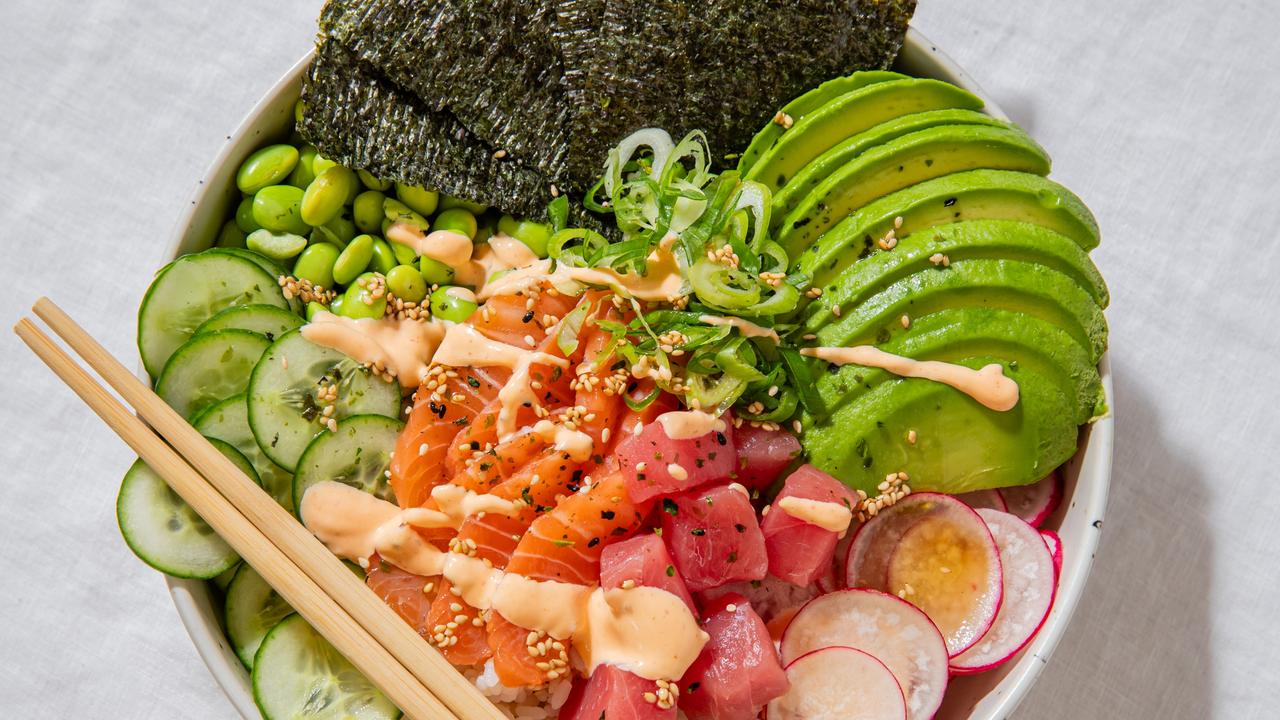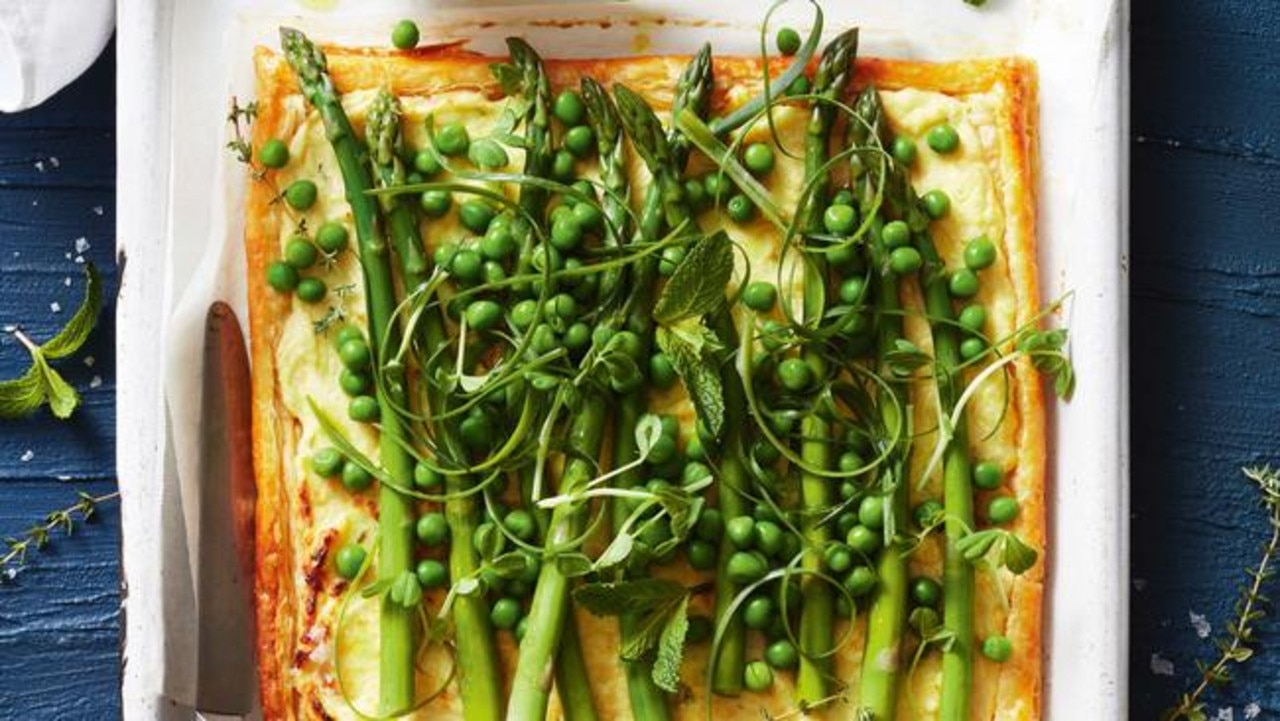Coronavirus: hundreds of thousands of jobs at risk in food and wine carnage
By Friday this week, hundreds of dining rooms across the country had turned off the kitchen lights.
The question on many peoples’ lips is: how many will turn them back on again?
The unfettered expansionism of Australia’s restaurant industry over the past 10 years has happened in parallel with the evolution of a world-class dining scene. Sydney and Melbourne, in particular, are eating-out cities that are the envy of New Yorkers and Londoners. But the COVID-19 pandemic is going through this industry like a dose of salts. And what will be left by the time Australians feel ready to eat out again?
“It (restaurant closures) will be more than 50 per cent within a week, in my view,” said one dining precinct operator who didn’t want to be identified.
“Most restaurant owners I’ve spoken to have let go of 50 to 70 per cent of their employees this week. This is happening so much faster than governments and people realise. Another week before receiving relief is too late for most restaurants. That’s the reality.”
Another reality: until recently, food and beverage employed more than 800,000 people and was set to climb towards 900,000 in 2020.
Yet another: many restaurants operate on low margins with tight cashflow. They are often hand-to-mouth businesses with considerable fixed costs. As we saw on Thursday with the permanent closure of two prominent Melbourne CBD eateries — Ezard and Gingerboy — and another in Brisbane, ARC Dining, the evaporation of business for restaurants, with office towers virtually empty and so few others willing to risk eating out, is hitting the industry hard. Many fear this is just the tip of the iceberg. Thousands of casual staff have already been laid off by the bigger employers, and every employer, regardless of size, has cut casual shifts completely. And they’re angry. They’re angry about a kind of de facto shutdown. Unlike New York, for example, closure of restaurants has not been mandated — only the size of gatherings has been restricted to 100 people. And on Friday, the government announced a four square metre rule per person for indoor gatherings. “Just another nail in the coffin for the industry,” said Melbourne restaurateur Andrew McConnell.
“If the government truly locked everyone out of our restaurants, that would be a better scenario than this,” Sydney restaurateur Brent Savage said.
“They’re letting us bleed. They’re telling people not to go to restaurants, not to go out, not be close to people. But the reason they’re not locking anyone out of restaurants is, they don’t want to take responsibility for it. That’s how it feels.”
Everywhere you look, the outlook is dire. One seafood company, for example, reportedly has $2m in invoices with the restaurant industry. Niche winemakers that rely on restaurant sales are in trouble. The list goes on.
As one commentator put it: “Restaurants in a pandemic are like beachfront properties in a hurricane. Their devastation is both a tragedy and an omen of greater havoc to come.”



It started with a little restaurant in Hobart shutting its doors, of its own volition, last Saturday night.